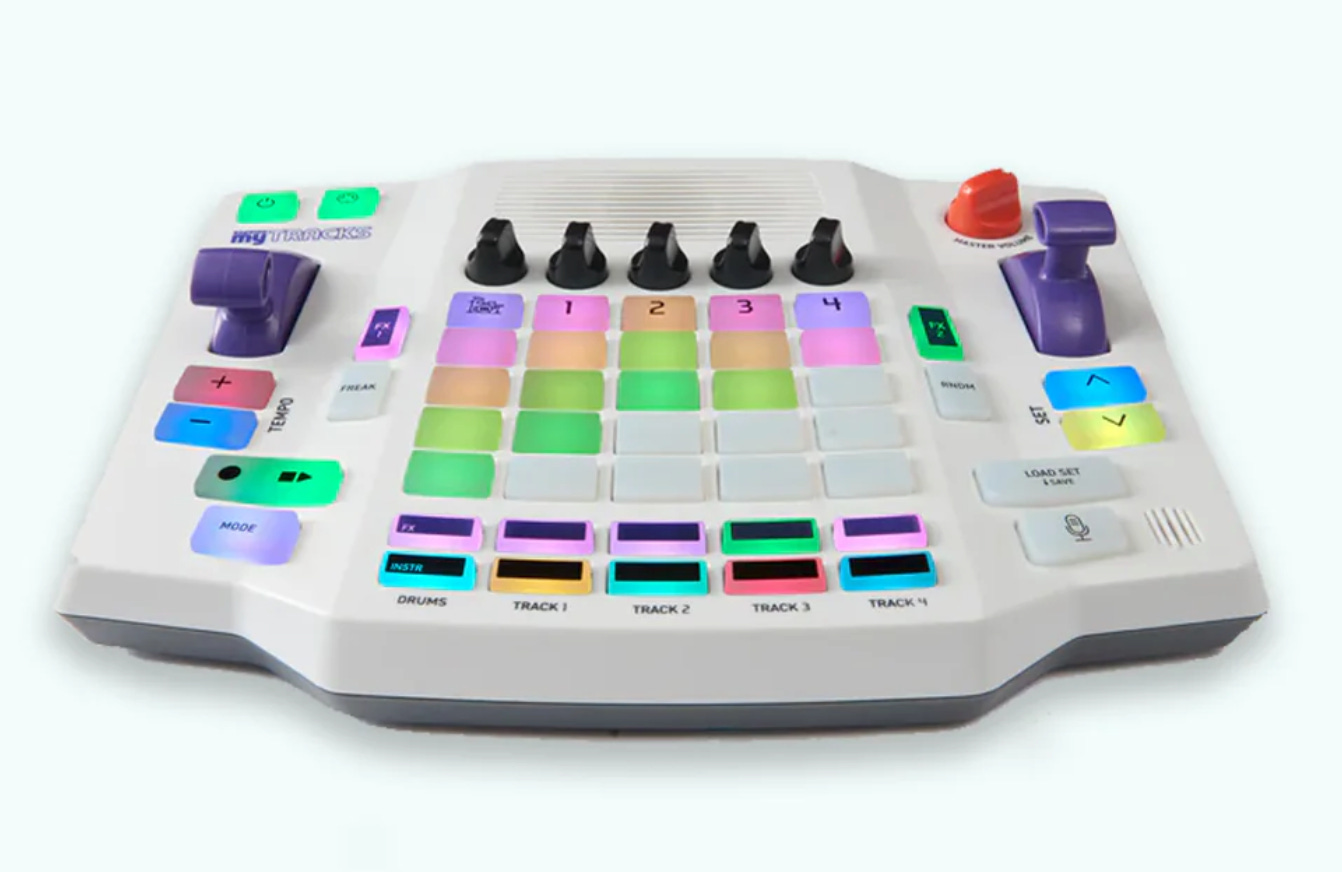In Review: Blipblox myTRACKS
You know, for kids.
It’s rare to find a STEAM toy I would actually buy for my kids. Aside from basics like easels, microscopes, and guitars, most “educational” toys feel suspect. They cost a lot. Then they end up as plastic clutter with dead batteries that head for the trash.
The Blipblox myTRACKS surprised me. At $349, it is more than a toy. It is a real music creation too…
Keep reading with a 7-day free trial
Subscribe to The Wristwatch Review to keep reading this post and get 7 days of free access to the full post archives.



